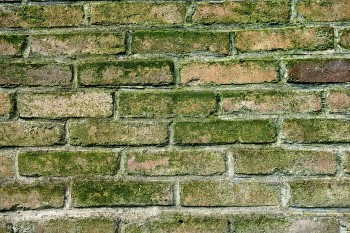
THE SMELL OF DEATH NASSAU COUNTY, NEW YORK
The smell of death is made up of more than eight hundred different chemicals. When animals die, they release a putrid odor. Pungent components of dead animal odor are emitted by putrescine and cadaverine, which are products of the breakdown of amino acids in the body tissues of decaying animals.
WATER LEAKS NASSAU COUNTY, NEW YORK
You may have a terrible odor in your Long Island home and have no idea where it is coming from. You may believe that there is a dead animal somewhere in your house. However, if there are no blow flies present, the source of the odor is most probably coming from standing water. Like a decomposing dead animal, standing water contains anaerobic bacteria that break down organic matter and produces a foul-smelling gas called hydrogen sulfide.
Roof Leaks - Damaged, old, improperly installed, and unmaintained roofs can result in roof leaks and mold.
Landscape Grading - Poor landscape grading that slopes towards your home rather than away from it can allow rainwater to enter your residence.
Foundation & Crawlspace - A poorly ventilated crawlspace, cracks in the foundation, and support beams that contact the soil can give rise to mold growth.
Plumbing Leaks - Some plumbing issues are difficult to detect and may go unnoticed for extended periods of time. No matter how small, plumbing leaks can result in significant water damage and mold. Sinks, bathtubs, and toilets must be crack-free, properly caulked, and in good working order. Kitchen and bathroom fixtures are one of the primary causes of water problems and mold.
Trees & Shrubs - If vegetation grows on or makes contact with your Long Island home, it blocks the sunlight and airflow required to dry exterior walls. Wet walls are a breeding ground for mold.
MOLD NASSAU COUNTY, NEW YORK
There are more than one hundred thousand species of mold, a microscopic fungus that digests dead organic matter such as leaves, wood, and plants. However, mold can flourish on any organic matter, including the ceilings, floors, and walls of Long Island homes with moisture issues. Mildew refers to certain types of fungus or mold that are white in color. Mold grows by the extension of hyphae which are collectively called mycelium. Reproduction in mold occurs via the release of spores, which are like tiny seeds. Mold needs water to grow, so it is most often associated with damp locations such as bathrooms, basements, attics, and around leaks in roofs, windows, or pipes.
Exposure to moldy environments may result in an allergic reaction in some people. Allergic responses to mold exposure can include sneezing, skin dermatitis, red eyes, and a runny nose. People who have asthma may experience more intense reactions. Severe reactions to mold may include fever and shortness of breath. Individuals who have compromised immune systems or underlying pulmonary disease are at an increased risk for infections from molds.

SEWER GAS LEAKS NASSAU COUNTY, NEW YORK
One of the most challenging distinctions is between the odor of sewage and that of a dead animal. The aromas of sewage and a dead animal can be very similar. Sewer gas may enter your home due to a P-trap malfunction in the plumbing of a toilet, sink, or laundry drain. The most toxic components of sewer gas include hydrogen sulfide and ammonia. Sewer gas is also made up of methane, carbon dioxide, sulfur dioxide, and nitrous oxides. Rainwater will amplify the situation by pushing gases out and into your home. If you smell a foul odor in your house during or just after a rainstorm, the source of the odor is most probably related to a plumbing issue.
